Onion Juice for Ear Infection: Can an Onion Cure an Earache?
Can an onion really cure an earache? Discover the science behind the popular home remedy of using onion juice for ear infections. Explore the potential benefits, limitations, and what experts say about this natural approach.
Onion Juice for Ear Infection: The Surprising Home Remedy
Mommy bloggers and parents have long touted the use of onion juice as an effective remedy for soothing ear infections and relieving earache pain. But is there any scientific evidence to support this unusual home treatment? Let’s take a closer look at the potential benefits and limitations of using onion juice for ear infections.
The Science Behind Onion Juice for Earaches
While there is limited scientific research on the direct use of onion juice for ear infections, the proposed mechanism behind its potential effectiveness lies in the presence of certain compounds found in onions. One key compound is the flavonoid quercetin, which has been shown to have anti-inflammatory properties in laboratory studies. The theory is that the anti-inflammatory effects of quercetin could help reduce swelling and pressure in the ear, thereby relieving pain associated with an ear infection.

However, it’s important to note that the existing research on quercetin’s effects in humans is inconclusive, and there are no definitive studies that prove onion juice is an effective treatment for ear infections. A 2001 study comparing naturopathic ear drops containing garlic extract to traditional pain-relieving drops found that both types of drops helped reduce ear infection pain, but the researchers couldn’t attribute the pain relief specifically to the herbal components.
The Placebo Effect and Natural Remedies
One potential explanation for the enthusiastic endorsement of onion juice as a cure-all for earaches is the placebo effect. When a child believes they are receiving an effective treatment, the mere act of administering the remedy can have a soothing and calming effect, even if the treatment itself doesn’t directly address the underlying infection.
Additionally, ear infections often improve on their own over time, and the perceived benefits of the onion juice treatment may simply coincide with the natural course of the illness. It’s also possible that some cases of “ear infections” are actually misdiagnosed, and the child’s symptoms are not due to a true infection.

Warm Compresses and Soothing Liquids
While the specific use of onion juice may not be supported by strong scientific evidence, there are some elements of the home remedy that align with more established treatment protocols. For example, the application of a warm compress to the affected ear is often recommended to help relieve pain and discomfort. Similarly, the use of liquid drops in the ear, regardless of their composition, can have a soothing effect.
The Importance of Seeking Professional Medical Care
Despite the potential appeal of natural remedies, it’s important to note that ear infections can sometimes lead to serious complications if left untreated. The American Academy of Pediatrics advises against the use of alternative therapies for ear infections, as there is no conclusive evidence of their effectiveness.
If a child is experiencing an earache or symptoms of an ear infection, it is recommended to seek professional medical care. Doctors can properly diagnose the condition, determine the need for antibiotics or other treatment, and provide guidance on managing the infection and relieving pain effectively.
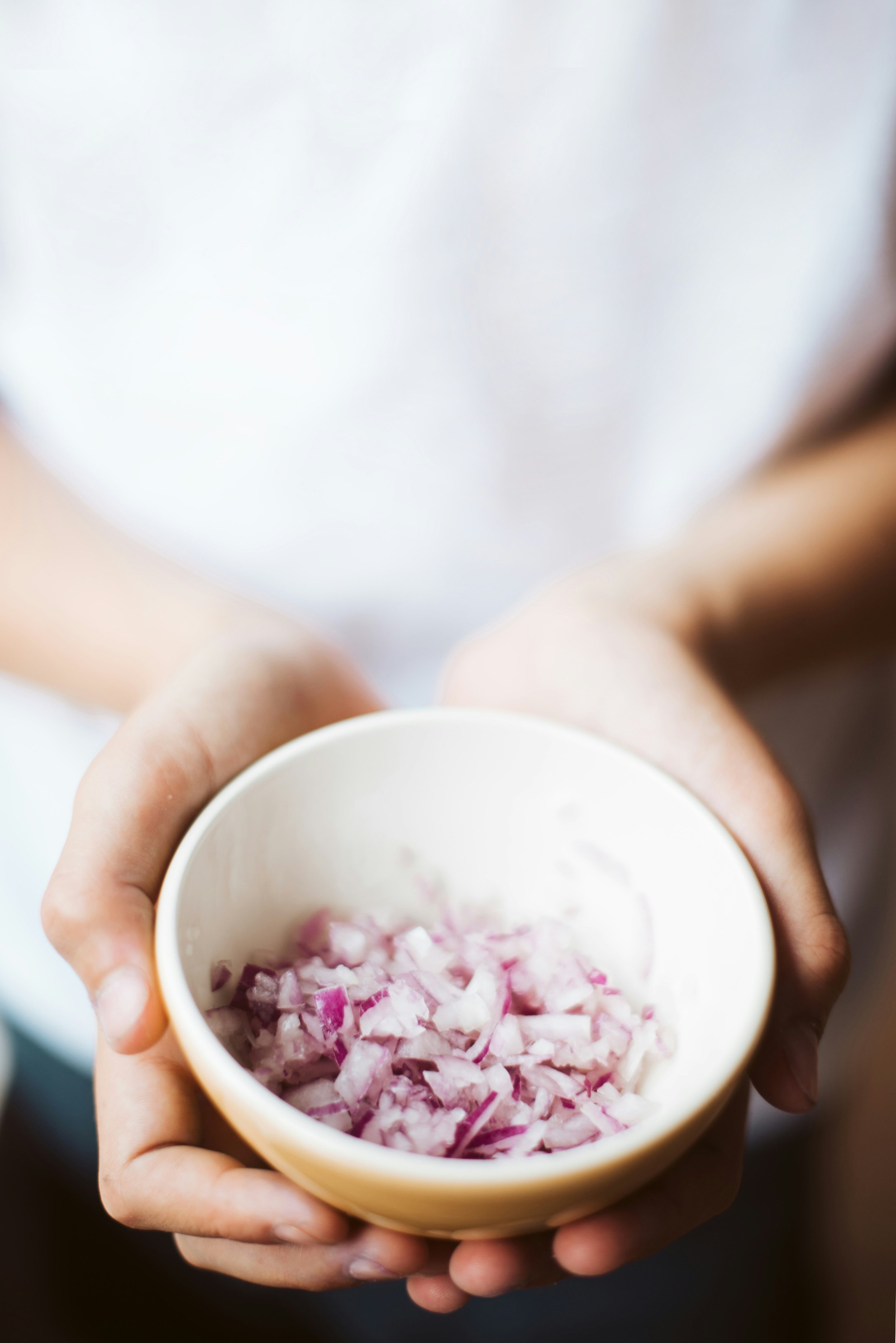
The Bottom Line on Onion Juice for Ear Infections
While the use of onion juice as a home remedy for ear infections has been touted by many parents, the scientific evidence supporting its effectiveness is limited. The proposed mechanism of action, such as the anti-inflammatory properties of quercetin, has not been conclusively proven in human studies.
That said, the application of a warm compress and the soothing effect of liquid drops in the ear may provide some relief, even if the onion juice itself is not the key factor. Ultimately, it’s important to seek professional medical care for any ear infections, as they can potentially lead to more serious complications if left untreated.
How an Onion Can Cure an Ear Ache
Mommy bloggers have been saying it for years — if your child has an earache, reach for an onion.
Though it sounds odd and the science on “natural” ear infection treatments is inconclusive at best, many parents insist that an onion and its juice can work pretty well at relieving pain from an earache. There are a few different ways to do it, but generally the idea is to heat up the onion, extract some of its juice, and put a few drops into the infected ear. This is actually a home remedy that goes back to at least the nineteenth century.
The testimony is pretty enthusiastic, too.
“Before I put the juice into her ear she was simply unable to be soothed,” one blogger said of her sick toddler. But after administering the onion juice, “within minutes her body calmed (she had been contracting her legs and fidgeting a lot because of the ear pain) and she was able to rest peacefully once again. ”
”
While skepticism of these glowing personal testimonials is warranted, there is limited scientific evidence that explains why the bizarre home remedy might work.
There’s no study that definitively proves that onions help with ear infections — and, if they do, which chemicals in onions might be responsible. The flavonoid quercetin, which is highly concentrated in onions as well as other fruits and vegetables, could be involved. Lab studies have shown that quercetin has certain anti-inflammatory properties, but it’s unclear if it works the same way in humans; it’s currently not a proven treatment for any disease.
Still, if there is indeed an anti-inflammatory effect from an onion, that could theoretically help with swelling and pressure in the ear and relieve the pain. Ibuprofen, for example, is a known anti-inflammatory medication that’s recommended for ear infection pain.
There’s little research, however, on onion juice in particular. A 2001 study in the Archives of Pediatrics and Adolescent Medicine compared naturopathic drops containing garlic extract (not quite onion, but related) to more traditional painkilling drops. The researchers concluded that both kinds of drops helped reduce the pain of ear infections, though a more recent review of the research on ear drops found “no strong evidence that herbal ear drops were effective.”
The official treatment guidelines from the American Academy of Pediatrics say there are “no studies that conclusively show a beneficial effect of alternative therapies used for” ear infections.
Business Insider Video
There are a few things that could explain parents’ enthusiastic endorsement of the “onion cure. ” First, most ear infections get better on their own. (You should still see a doctor, since these infections can sometimes have serious complications.) Using an onion on these kids might give the illusion that it’s helping, even if it’s just the pain easing up as the infection naturally takes its course. Other ear infections, especially in young children, may be misdiagnosed: Screaming toddlers are often diagnosed with ear infections when it’s actually nothing of the kind.
” First, most ear infections get better on their own. (You should still see a doctor, since these infections can sometimes have serious complications.) Using an onion on these kids might give the illusion that it’s helping, even if it’s just the pain easing up as the infection naturally takes its course. Other ear infections, especially in young children, may be misdiagnosed: Screaming toddlers are often diagnosed with ear infections when it’s actually nothing of the kind.
There are, however, a few elements of the warm-onion-juice treatment that overlap with more established protocol. A warm compress, for example, often helps relieve ear pain. Liquid drops in the ear can be soothing no matter what that liquid is (within reason). And the placebo effect should not be overlooked here; if a child thinks they are getting an effective treatment, they’re much likelier to improve.
A thorough review of the evidence on a wide variety of ear drops by the Cochrane Collaboration, an indepedent panel of experts, summed it up nicely: “It is hard to know if [the pain relief] was the result of the natural course of the illness; the placebo effect of receiving treatment; the soothing effect of any liquid in the ear, or the pharmacological effects of the ear drops themselves. “
“
You should always see a doctor about an ear infection, since
antibiotics
can often provide not only pain relief but actually cure the infection. Yet some ear infections are viral instead of bacterial, so they can’t be treated with antibiotics. Doctors will often make patients wait a few days before a follow up visit to see if it resolves on its own.
In the meantime, there’s no harm in asking if you can try an onion — though a doctor might suggest you try a proven an over-the-counter pain reliever first.
Although some tips suggest putting an “onion heart” in your ear over night, it’s better to extract the juice.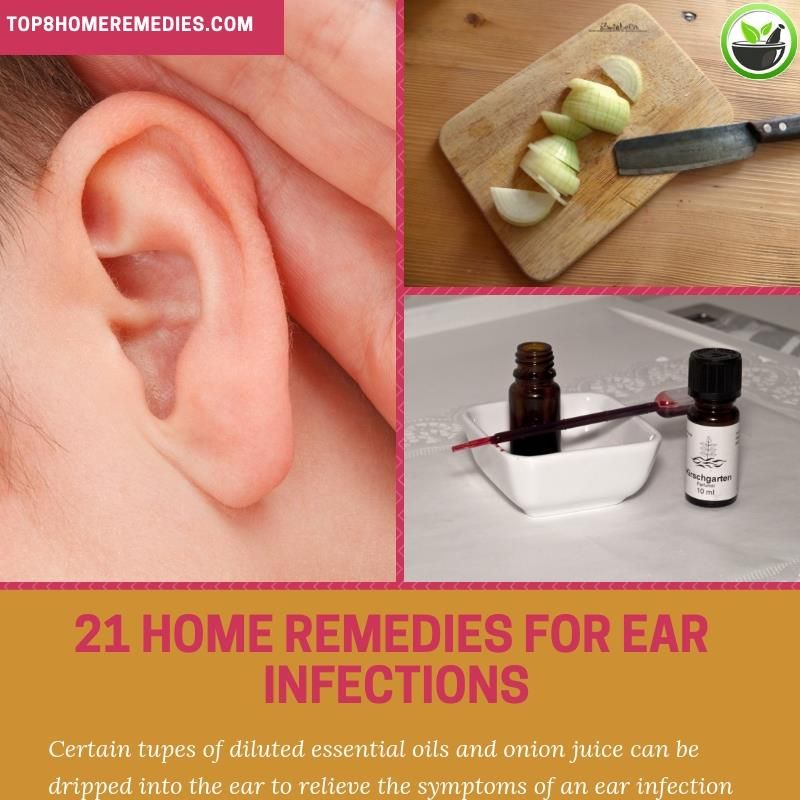 Proceed with caution before putting anything in your ear.
Proceed with caution before putting anything in your ear.
Shutterstock/Megan Willett
So, how do you do it?
Before you put anything at all in your ear, talk to your doctor. Foreign bodies in the ear — which includes anything that doesn’t belong there, be it an insect or an onion — can lead to pain and even hearing loss. Always proceed with caution when following the medical advice of bloggers.
If you want to try out this treatment that parents swear by though, here’s how to do it.
First, place the onion in the oven at 450 degrees for 15 minutes or into a microwave on high until soft. Remove the onion and once it’s cool, cut it in half and squeeze any juice into a small bowl. Strain out any “stuff” from the juice with a paper towel or coffee filter and fill a medicine dropper with the remaining liquid. Administer a few drops and you’re done.
Another “age old self-healing trick” is to just place a warm onion over your ear or place the “onion heart” — that tiny little nub in the center of the onion — into your ear and let it sit over night.
Though there’s no explicit juice extraction in these tips, the principal is essentially the same – the goal is to get the onion juices inside the ear canal. With this in mind, it’s probably easier to simply extract the juice in the first place.
Shutterstock
How to use onions for earaches & infections!
Earaches are downright miserable. I have been very blessed to have children who rarely got earaches. I remember our first one, when our middle child woke up in terrible pain and was simply inconsolable. I felt just awful for her!
I have been very blessed to have children who rarely got earaches. I remember our first one, when our middle child woke up in terrible pain and was simply inconsolable. I felt just awful for her!
From the recent memory of my last earache (a neti pot incident – ouch!) I knew that the usual suggestion of garlic in olive oil didn’t do a thing to relieve my pain or calm my ear. In an attempt not to mess with her more than necessary I hopped online at about 2 am to look for another solution, that’s when I started to read about “onion juice”. It sounded a bit silly, I mean how on earth do you even juice an onion?! Nevertheless, it seemed promising and after reading close to a dozen sources I decided that this would be my plan of attack.
Here’s what I did.
- I turned the oven on to 450 degrees Fahrenheit and placed the onion inside on a pan (no preheating). I let it cook for about 15 minutes while I tried to calm Lily in a bath – and to get her ears cleaned out a bit (in the water only, no q-tips or other instruments.
 )
) - I removed the onion from the oven and allowed it to cool long enough to be able to handle (it was still warm).
- Once the onion was cooled down slightly I cut it in half and squeezed over a small bowl. The onion juice came out easily and you only need a bit. (If there is any ‘stuff’ in the juice, strain it easily by pouring it through a piece of paper towel or a very thin cloth.)
- The juice should be cool enough to use at this point. Using a medicine dropper, I place a few drops into her ear and kept her head tilted to retain the juice for several minutes. (Do this for at least a few minutes, but more is good.)
- Enjoy the lifted mood – due to the relieved pain – of your little one (or self).
Before I put the juice into her ear she was simply unable to be soothed. The bath didn’t help, snuggling while we waited for the onion didn’t help, I even turned on a movie for her – which was also no help – though it did help me get her to let me put the drops into her ear while she rested her head on my lap.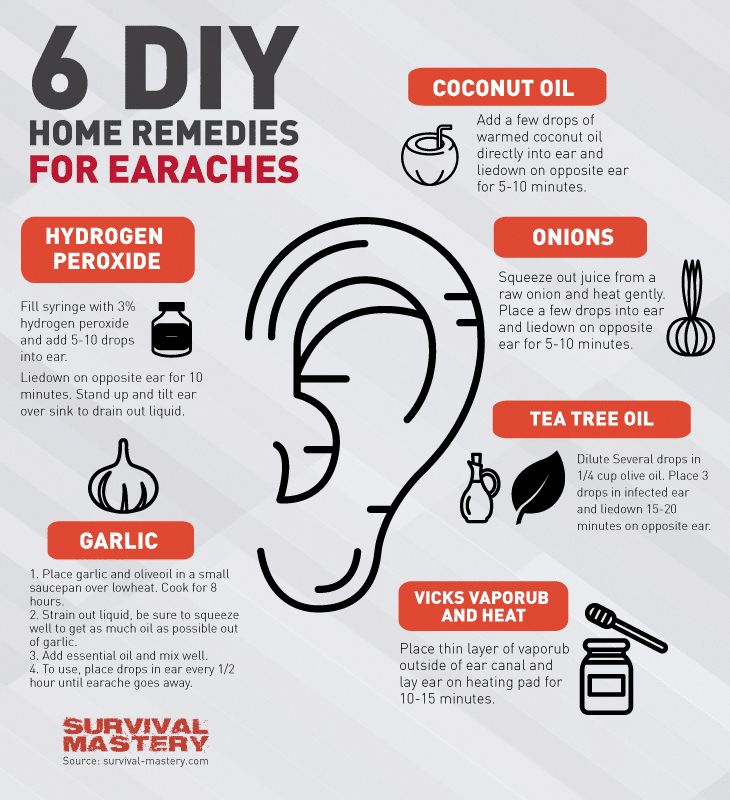 Within minutes her body calmed (she had been contracting her legs and fidgeting a lot because of the ear pain) and she was able to rest peacefully once again. In the morning there were no signs of a sore ear but I did follow up with a few more drops of onion juice for good measure.
Within minutes her body calmed (she had been contracting her legs and fidgeting a lot because of the ear pain) and she was able to rest peacefully once again. In the morning there were no signs of a sore ear but I did follow up with a few more drops of onion juice for good measure.
My understanding is that the onion contains anti-bacterial, healing and anti-inflammatory properties that quickly and effectively sooth and calm the infected ear, allowing the body to heal without the inflamation and pressure causing pain. I was simply amazed by how quickly this worked for her and plan to make this my first resource should another earache ever come about.
I appreciate and fully believe in the benefits of holistic medicine, but I am not a healthcare provider. Earaches and infections can become very serious and I encourage you to use your intuition and best judgement. Consult a trusted physician if you are ever in doubt.
This was a new concept for me. Have you ever heard of or tried this method?
Founder of The Eco-Friendly Family & Put A Cup In It.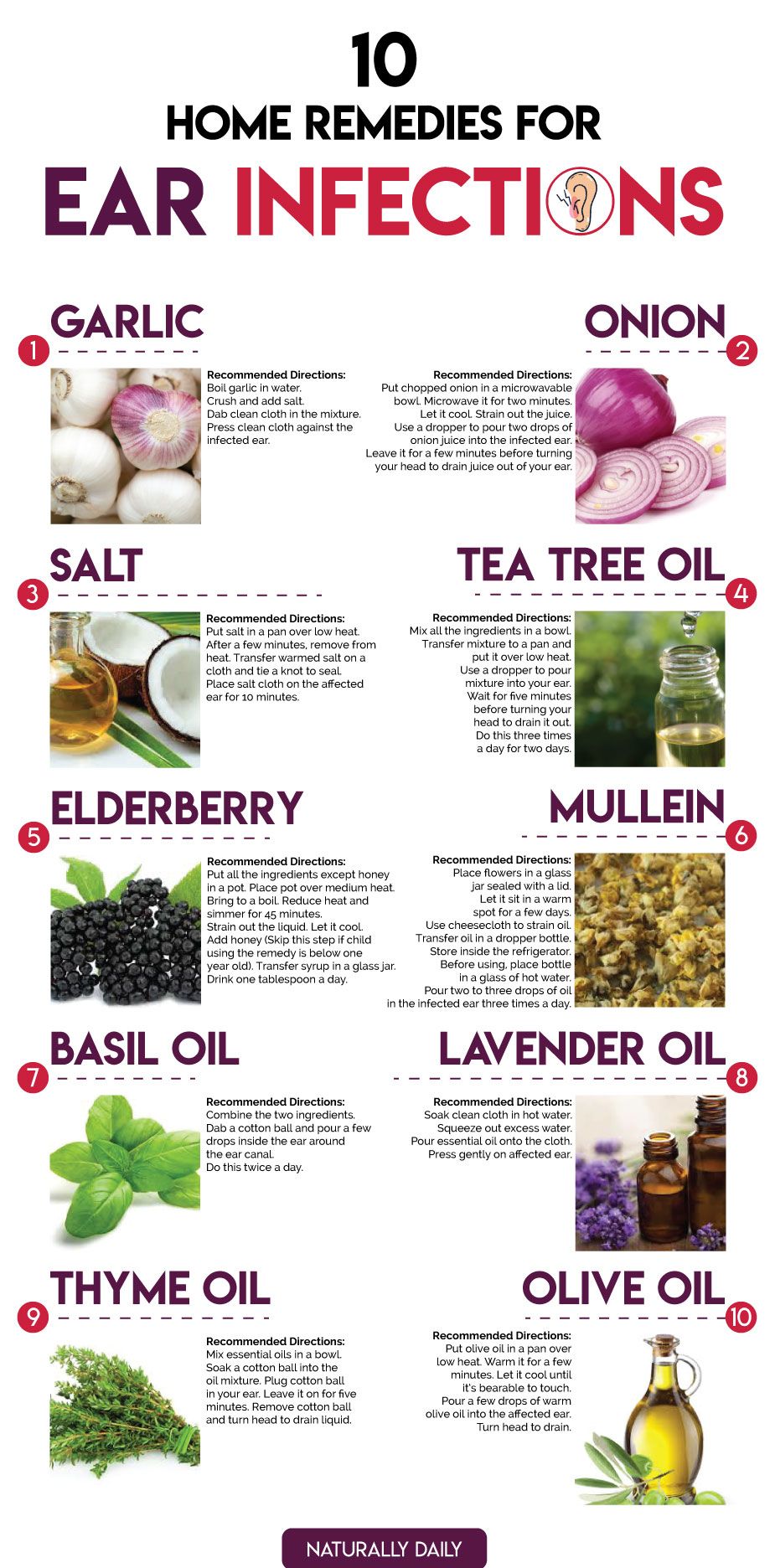 I am a long-time design geek, content creator, mother, coffee addict, & lover of fun. You can find my textile design work on Spoonflower! Latest posts by Amanda Hearn (see all)
I am a long-time design geek, content creator, mother, coffee addict, & lover of fun. You can find my textile design work on Spoonflower! Latest posts by Amanda Hearn (see all)
Related
Onions for Earaches – Denver Center For Anthroposophic Therapies
Every so often you encounter something that is so simple and effective, that you wonder why you didn’t know about it before, and why doesn’t someone put it in a “handbook” for life. One of the things that should most certainly be in that handbook, at least in the category of home treatments for common illness, is the use of an onion compress for an earache. Yes, it will make you or your child smell like onions, and it sounds ridiculously simple, but in the middle of the night it can really be your friend.
Why does it work? Well, most of the pain associated with an ear ache is from pressure, as fluid or mucous builds up in the space of the middle ear. And what happens when you cut up an onion? It makes you cry. It has a warming, loosening, irritating effect on your eyes and nose which helps to pull fluid right out. This effect can be put to good use when there is a lot of fluid built up and it needs to be released. It can be done in several simple steps:
It has a warming, loosening, irritating effect on your eyes and nose which helps to pull fluid right out. This effect can be put to good use when there is a lot of fluid built up and it needs to be released. It can be done in several simple steps:
- use a regular cooking onion, then
- cut it up into small pieces (~1/2 inch square) and wrap them in a piece of cheese cloth, or other thin cloth
- or, take several layers of the onion and lightly steam them (just enough to loosen the juice)
Then place the onion over the painful ear. It should extend far enough that it comes into contact with the skin both in front of the ear, as well as over the bones behind the ear. Then wrap a warm scarf or put a warm hat over the top to keep it in place.
This should not be used if someone has an allergy to onions, or can’t stand the smell of them. Also, do not use the compress over broken skin. And just to make clear, this is not a substitute for more complete treatment if there is a true ear infection, but it is a very helpful tool. If you have ear pain related more to a change in pressure, or altitude (like after air travel), make a strong tea with loose chamomile in a shallow bowl and breathe in the steam (make a little tent with a towel). Please share these techniques with anyone you think could use it.
If you have ear pain related more to a change in pressure, or altitude (like after air travel), make a strong tea with loose chamomile in a shallow bowl and breathe in the steam (make a little tent with a towel). Please share these techniques with anyone you think could use it.
5 kitchen ingredients that can help get rid of earache or ear pain
A mild earache can be easily treated at home with ingredients readily available in your kitchen. Below are 5 home remedies for earaches.
Written by Longjam Dineshwori | Updated : December 28, 2020 11:14 AM IST
Earache, or pain in the ear, is particularly common in children, but it can occur in adults as well. The pain can be sharp, piercing and very uncomfortable. It may be constant or come and go. While an earache may affect one or both ears, most cases occur in one ear.
An ear infection, or otitis media, is the most common cause of earache.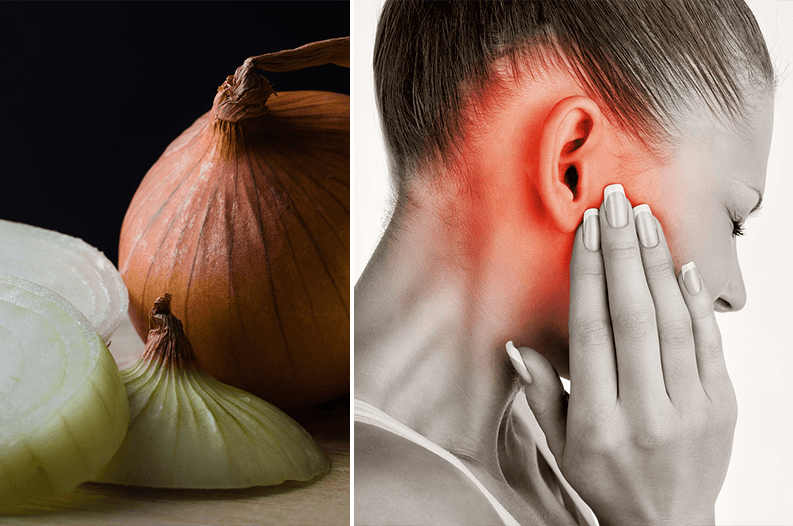 The infection in the middle ear (the space behind the eardrum), may be caused by bacteria or a virus. Along with the pain, an ear infection may cause fever, a feeling of fullness in the ear, nausea, vomiting, dizziness and temporary hearing loss. Earaches may also be caused by sinus infections, cavities, hole in the eardrum, ear wax, tonsillitis, fluid build-up in the middle ear, common cold, blockage in the nasal passage, physical damage to the inside of the ear, and an increase in air pressure.
The infection in the middle ear (the space behind the eardrum), may be caused by bacteria or a virus. Along with the pain, an ear infection may cause fever, a feeling of fullness in the ear, nausea, vomiting, dizziness and temporary hearing loss. Earaches may also be caused by sinus infections, cavities, hole in the eardrum, ear wax, tonsillitis, fluid build-up in the middle ear, common cold, blockage in the nasal passage, physical damage to the inside of the ear, and an increase in air pressure.
Luckily, earaches aren’t usually dangerous, and the infection clears on its own within a few days. A mild earache can be easily treated at home with ingredients readily available in your kitchen. Below are 5 home remedies for earaches.
Olive Oil
Olive oil serves as a lubricant and provides relief from an earache as well as helps stop buzzing sensations inside the ears.
Put 3 or 4 drops of lukewarm olive oil into the ear canal and leave it for 5 to 10 minutes.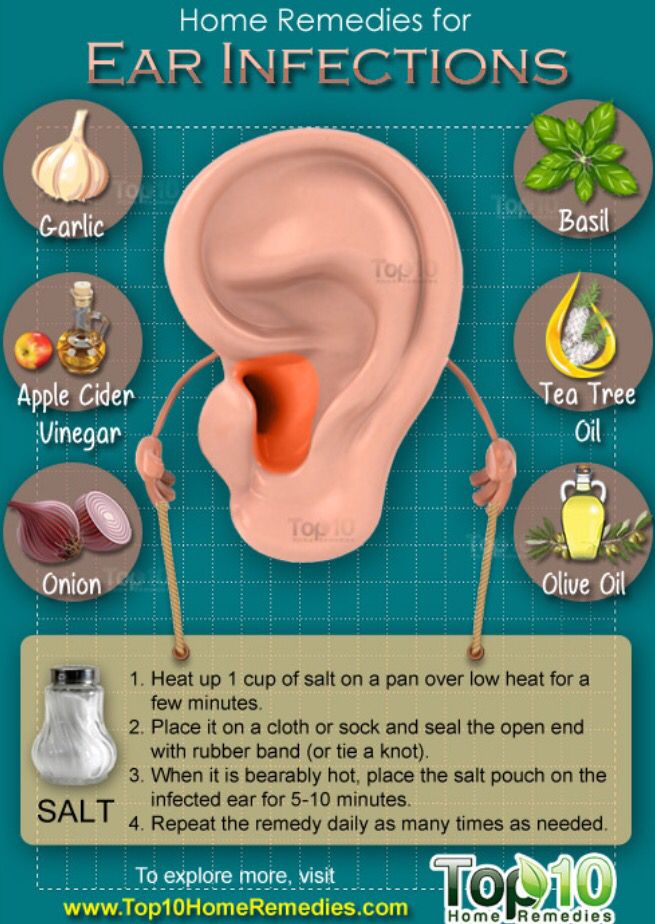 Then tilt your head down to drain out the oil. Do this once daily for a few days. Alternatively, you can mix 2 or 3 drops of tea tree oil and 4 to 6 drops of lightly warmed olive oil. Use this mixture as air drops.
Then tilt your head down to drain out the oil. Do this once daily for a few days. Alternatively, you can mix 2 or 3 drops of tea tree oil and 4 to 6 drops of lightly warmed olive oil. Use this mixture as air drops.
Tea tree oil has powerful antifungal, antiseptic and anti-inflammatory properties. Studies have shown the effectiveness of both the oils in combating ear infections and reducing ear pain.
Garlic
Because garlic has analgesic and antibiotic properties, it is known to be helpful in reducing earache caused by an ear infection. Take 1 teaspoon of minced garlic and heat it in 2 tablespoons of sesame, olive or mustard oil. When it cools down, filter the oil and put 2 or 3 drops in the aching ear. Or you can extract the juice out of a few cloves of garlic and put it into the affected ear.
Onion
Thanks to its antibiotic, antioxidant and anti-inflammatory properties, onion is one of most effective home remedies for an earache. Extract the juice from a grated onion and heat it over low heat. Once it is cooled, put 2 or 3 drops of the juice into the aching ear. Leave it for 10 minutes, then tilt your head and drain it out. Repeat 2 or 3 times a day.
Extract the juice from a grated onion and heat it over low heat. Once it is cooled, put 2 or 3 drops of the juice into the aching ear. Leave it for 10 minutes, then tilt your head and drain it out. Repeat 2 or 3 times a day.
Ginger
This kitchen ingredient is a popular Ayurvedic remedy for ear pain. Ginger is an excellent natural painkiller and has strong anti-inflammatory properties.
Apply fresh ginger juice on the outer ear canal to get relief from pain and reduce inflammation. Do not put directly inside the ear. Or you can also mix 1 teaspoon of fresh grated ginger and 2 tablespoons of olive oil. Leave it to infuse for 5 to 10 minutes, strain and put a few drops of the oil in the aching ear. Repeat these remedies 1 or 2 times a day.
Salt
Because of its antimicrobial properties, salt is considered an effective natural cure for earaches.
Put warm salt into a sock or other type of cloth and hold it toward your ear and jaw. Or dip a cotton swab in the heated salt and place it inside your aching ear for about 10 minutes. This will help draw out the liquid and help reduce the swelling in your ears.
Or dip a cotton swab in the heated salt and place it inside your aching ear for about 10 minutes. This will help draw out the liquid and help reduce the swelling in your ears.
Total Wellness is now just a click away.
Follow us on
Apparently, Here’s What Happens When You Put A Piece Of Onion In Your Ear
Ever have an ear infection? Some claim there is a way to deal with it only using a piece of raw onion. Ear infections are common in children, and when doctors make a diagnosis, they tend to prescribe antibiotics.
According to one how-to, there’s an “onion ear muff,” which should not be used in lieu of antibiotics. “The warmth of the onion soothes the pain almost immediately and the vapors from the onion help to fight the infection,” the how-to says
“This remedy offers a 2-for-1 punch against ear infections! To make an onion ear muff slice an onion in half and scoop out the inner layers until only the last 2-3 rings remain. Heat the onion in the oven for about 15 minutes at 300 degrees until it is warm and slightly steaming. Wrap the onion in a towel and cup it over the infected ear. Repeat as often as necessary to soothe pain,” it adds.
Heat the onion in the oven for about 15 minutes at 300 degrees until it is warm and slightly steaming. Wrap the onion in a towel and cup it over the infected ear. Repeat as often as necessary to soothe pain,” it adds.
Also, there’s a way to extract juice from an onion, as seen here:
Onions apparently don’t only work against ear infections, but ear wax buildup.
According to WiseDiaries, don’t use a whole union, but use the “most inner part also called the heart of the onion.”
It adds: “Because of its powerful anti-inflammatory properties, onion will significantly relieve your pain. It will also soften the ear wax making it easier to remove. Apply the onion before going to sleep and the next morning you`ll feel much better.”
Also, placing a piece of onion in your sock also apparently has healing properties, including the alleged removal of toxins from the body.
Slice up an onion, place it under your foot & wear a snug fitting sock on it, & sleep tight.
#Previoustweet pic.twitter.com/T8UvgzrEgU
— Maryam Bint Imran (@um3awas) January 23, 2014
Follow
Jack Phillips is a breaking news reporter at The Epoch Times based in New York.
How to Use Onions Against Colds Flus and Bacteria
posted on February 7, 2018
All information in this article are for educational purposes only.
It is not intended to diagnosis, treat, prescribe, or cure any disease or health issues.
Did you ever think you would turn to an onion to fight the flu? Or how about a cold? I never thought I would either! In this post on How to Use Onions Against Colds, Flus and Bacteria, I’ll talk you through how I use onions in my house and their healing benefits.
If you search online what the healing benefits of onions are you will come across loads and loads of information on this topic. Using onions for the above reasons are nothing new. This holistic home remedy has been around for centuries. Onions being placed around the home during cold and flu season go back as far as the 16th century. Onions have been glorified for their healing properties by many cultures. They’re an anti-inflammaory, ease joint pain, great for ear infections, indigestion, act like or are as strong as an antibiotic, and are a great expectorant (think something like Mucinex but natural) in which they loosen up hard phlegm. Since we’re in the era of information we now have these methods right at the tap of our enter buttons.
This holistic home remedy has been around for centuries. Onions being placed around the home during cold and flu season go back as far as the 16th century. Onions have been glorified for their healing properties by many cultures. They’re an anti-inflammaory, ease joint pain, great for ear infections, indigestion, act like or are as strong as an antibiotic, and are a great expectorant (think something like Mucinex but natural) in which they loosen up hard phlegm. Since we’re in the era of information we now have these methods right at the tap of our enter buttons.
The theory is that if you put an onion in a room with someone who is sick, the onion will absorb the bacteria, toxins, etc, and the person will feel better. Obviously when I first heard this I thought it was kind of ridiculous but when I turned into the modern day hippie I am today, cutting open an onion and sticking it on my nightstand seems rather normal these days.
When My Son Got Sick
If you’ve been following my InstaStories you know last weekend at around 6pm, my oldest son came down with a fever of 103. 0. I immediately started my regime of home remedies to help him feel better. I gave him sambucus, diluted fire cider, ginger/turmeric tea with lemon, and I made him some veggie broth. The more liquids the better. And I’m not that crunchy as to where I don’t use a little Motrin sometimes. So since the fever was so high, to make him more comfortable, I gave him a teaspoon and a half of Motrin. Then I went and took onions, cut them open and placed them on both nightstands, kitchen counters, living room, wherever we all frequent, basically my whole house.
0. I immediately started my regime of home remedies to help him feel better. I gave him sambucus, diluted fire cider, ginger/turmeric tea with lemon, and I made him some veggie broth. The more liquids the better. And I’m not that crunchy as to where I don’t use a little Motrin sometimes. So since the fever was so high, to make him more comfortable, I gave him a teaspoon and a half of Motrin. Then I went and took onions, cut them open and placed them on both nightstands, kitchen counters, living room, wherever we all frequent, basically my whole house.
He fell asleep at around 7pm. Typically he never goes to sleep that early but because he was sick, his body needed to rest. He woke up at 8:30pm and wanted some broth at which point his fever had reduced to 101.7. I attributed that to the Motrin. But whenever taking medicine like that keep in mind that it doesn’t cure the illness, it just keeps the fever at bay so the individual is comfortable. I thought more than likely the fever would be back in 4 hours. I was convinced he had the flu. Now, if you’re just stumbling on my page, I have a new born baby too. I was a nervous wreck (on the inside) because I don’t want any of my kids sick let alone a new born. I can give my oldest son things to help make him feel better but you can’t give anything to a new born baby so it can be pretty scary if they get sick. Plus it’s the absolute worst to watch your kids suffer when they’re not feeling well.
I was convinced he had the flu. Now, if you’re just stumbling on my page, I have a new born baby too. I was a nervous wreck (on the inside) because I don’t want any of my kids sick let alone a new born. I can give my oldest son things to help make him feel better but you can’t give anything to a new born baby so it can be pretty scary if they get sick. Plus it’s the absolute worst to watch your kids suffer when they’re not feeling well.
So he ate his soup and was feeling better but I made him relax and just chill because I thought the fever was for sure coming back. It never came back. I stood up all night taking his temperature every hour and a half to check. It stood between 98 and 99. The whole next day, which was a Sunday, he remained fever free. The onions however were all dried out. You can just tell they absorbed toxins. And I know not everyone is a fan of their pungent smell but in that smell are high sulfur containing compounds which help release toxins from the liver (more on this below).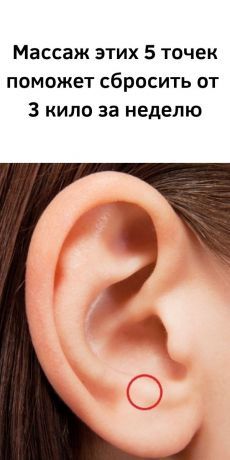 I took him to the the doc on Monday just to make sure he was ok and all was good, and no flu (thankfully).
I took him to the the doc on Monday just to make sure he was ok and all was good, and no flu (thankfully).
The point of me telling you this is because I attribute most of that to the onions. Onions are a lot more powerful than meets the eye. And I believe in plant medicine, food, nutrition, etc. I know in my gut these all play major parts in wellness. However, we are all suspect to viruses so when they hit we need to be prepared.
If you’re reading this with doubt, I ask you to please have an open mind and allow new ideas and ways of doing things into your mind so you can benefit from them as well. What do you have to lose anyway? Just some onions.
The Healing Benefits of Onions
Onions are super high in flavonoids and antioxidants but especially high in the flavanoid quercitin. Quercitin has been shown to lower cholesterol, prevent heart disease, thin the blood and ward off blood clots, good for asthma, chronic bronchitis, diabetes, and infections.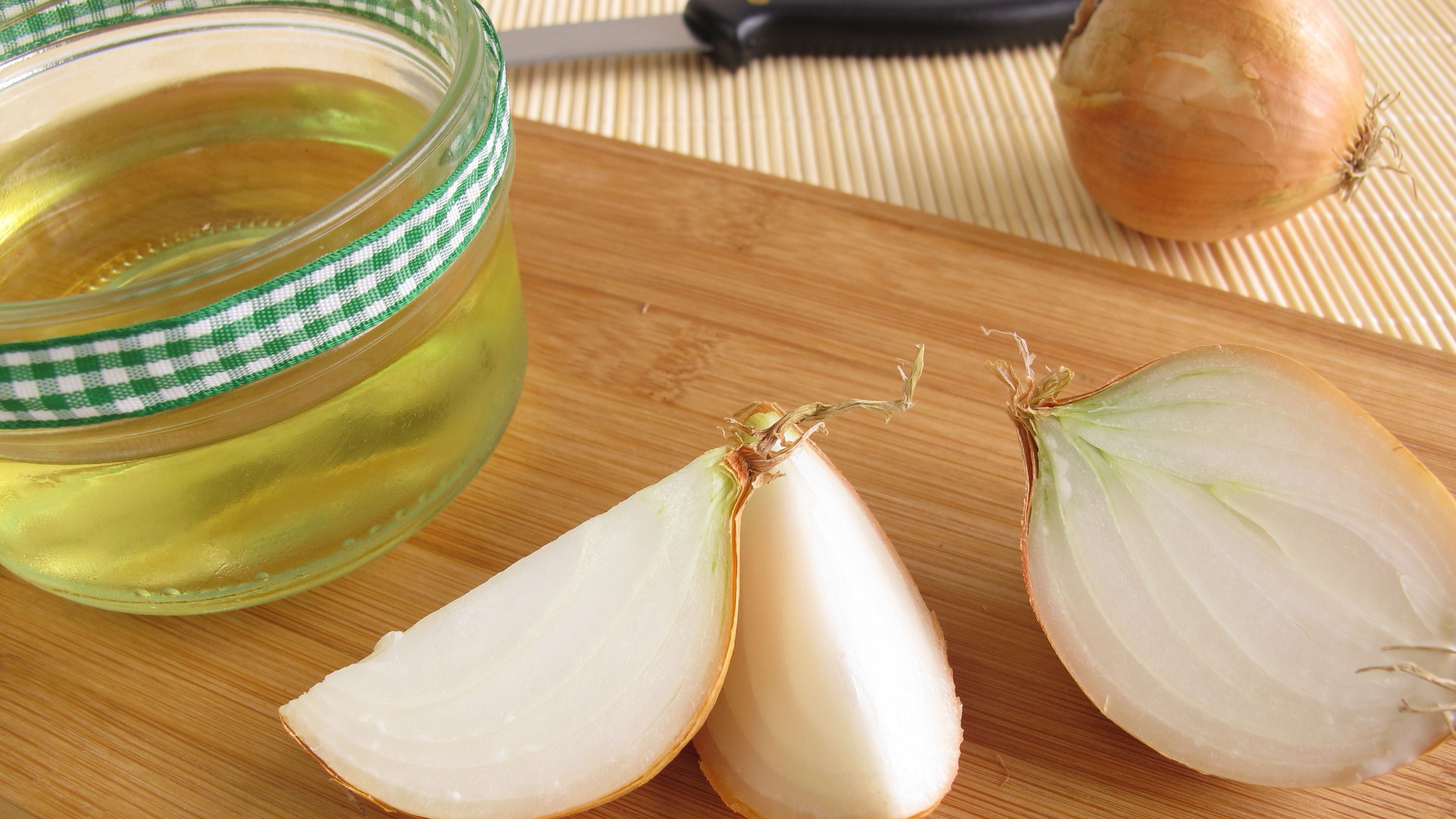 It’s even been linked to prohibited some forms of cancer. And just like other members of the allium family (think garlic, shallots, leeks, and scallions) onions are anti-inflammatory, anti-virual, and anti-bacterial.
It’s even been linked to prohibited some forms of cancer. And just like other members of the allium family (think garlic, shallots, leeks, and scallions) onions are anti-inflammatory, anti-virual, and anti-bacterial.
And because they’re high in sulfur containing properties they have powerful antimicrobial properties that effectively battle numerous bacteria, including subtilis, salmonella, and E. coli. Foods naturally high in sulfur also
help the body to detox from heavy metals like lead, arsenic and cadmium.
When onions are cooked they lose most if not all of their healing properties. I know eating a raw onion for some can be hard to do so I roast mine just until tender. But if you can eat em’ raw, have at it.
ABSORPTION
Another thing to note is onions absorb everything. They have incredible absorbing properties. Once you cut open an onion it immediately begins absorbing. So if you cut an onion and want to save the other half for later, I’d advise against doing that.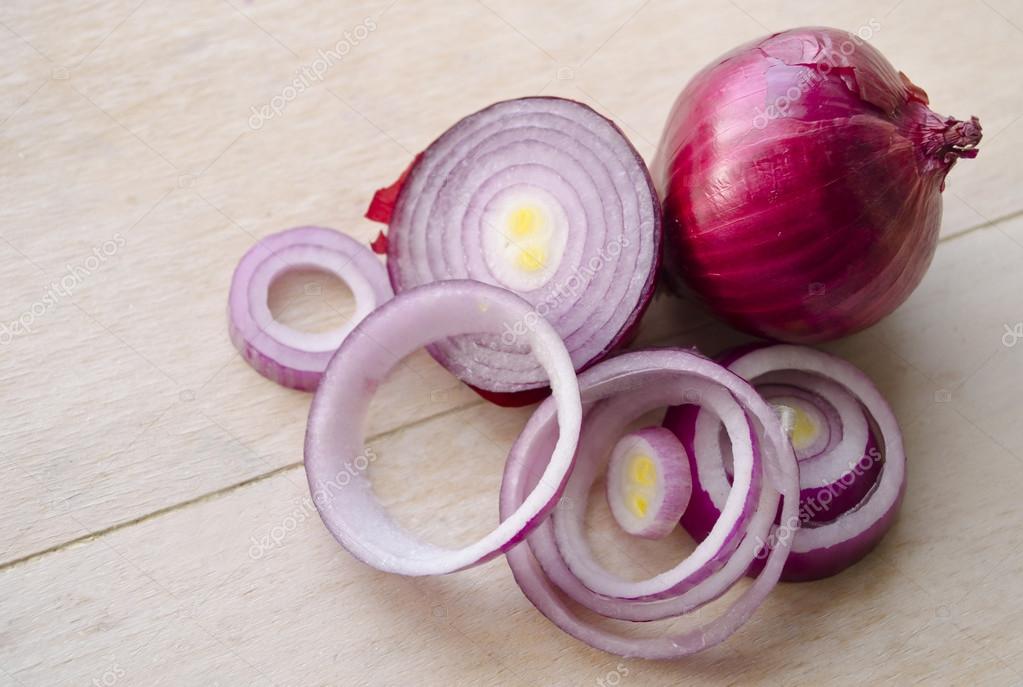 Put the other half somewhere in the house to absorb toxicity instead. You can get sick from eating an onion like that, that’s why I say after you’ve put onions around the house DO NOT EAT THOSE ONIONS. Always consume fresh onions. Otherwise you will be ingesting what the onion absorbed and that’s a whole lotta yucky business.
Put the other half somewhere in the house to absorb toxicity instead. You can get sick from eating an onion like that, that’s why I say after you’ve put onions around the house DO NOT EAT THOSE ONIONS. Always consume fresh onions. Otherwise you will be ingesting what the onion absorbed and that’s a whole lotta yucky business.
Most Common Ways To Use Onions
*I DO NOT RECOMMEND USING THIS ON SMALL BABIES OR CHILDREN. PLEASE CONSULT A DOCTOR FOR ANY MEDICAL CONCERNS.*
Now that you are up to speed on how amaze onions are let me tell you that there are a number of things you can do with them to utilize their healing benefits. White onions are best, yellow onions will also do the trick if you don’t have white and remember to peel the onion before use.
Place cut onions in living spaces to clear bacteria.
Make an onion poultice – coughs, colds, flus, sinus infections. To make an onion poultice I follow this method.
Putting sliced onions in your socks while you sleep will detox you from illness. You can even do this if you’re not sick and just want to detox. In Chinese medicine they discovered that there are nerve endings in the soles of the feet. These nerve endings act as access points to our main organs and nervous system. When you wake up in the morning take off the socks and toss the onions.
Using the juice of an onion is good for ear infections and sore throats you can find recipes for that here.
I always keep a bag of white or yellow onions in my house. When I’m grocery shopping I’m always picking up bundles because I know will need them for maintenance and cooking.
I hope after reading this you have a new appreciation for the might onion.
Now I want to hear from you. Have you tried any of the natural remedies using onions? I’d love to hear your story, was it a hit or miss?
*All information in this article is for educational purposes only. This post is not meant to diagnose, treat, prescribe, or cure any disease or health issues. For any serious medical concerns, always consult with your healthcare practitioner.
This post is not meant to diagnose, treat, prescribe, or cure any disease or health issues. For any serious medical concerns, always consult with your healthcare practitioner.
Earache Home Remedy: Natural Earache Relief
Need an earache home remedy in a pinch? Some of the most effective household ingredients for easy earache relief are onions. Utopia will show you how to make an onion compress and how to use other home remedies.
Home Remedies for Earaches: Onions
Onions are a traditional earache home remedy. (Photo: © Utopia / Binford)
The onion has been used as a household remedy for generations – especially for earache relief. One reason for this is the sulphur compound alliin contained within. When you chop an onion, enzymes combine with sulfur-rich amino acids to create syn-propanethial-S-oxide. This chemical stimulates the eyes’ lachrymal glands to release tears. However, onion extract doesn’t only make you cry, but also inhibits the growth of bacteria, viruses and fungi.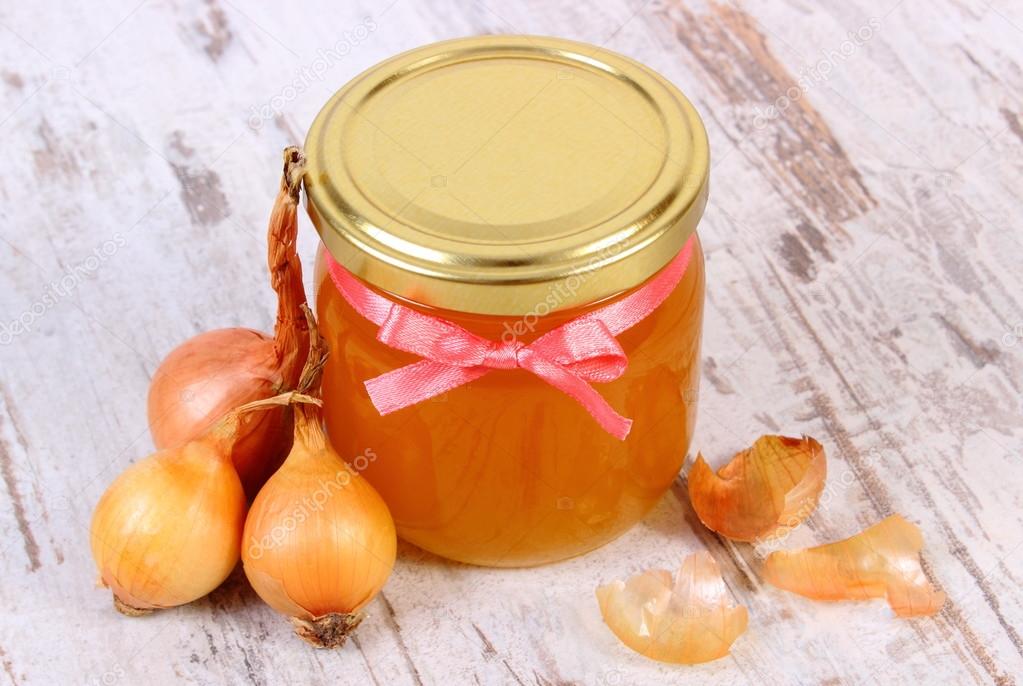
In addition, onion extract helps to loosen mucus and relieves inflammation. These properties make the onion an indispensable household remedy – and not just for earaches.
Earache Relief with an Onion Compress
Make your own all-natural onion compress. (Photo: CC0 Public Domain / Pixabay – PublicDomainPictures)
A warm onion compress is one of the best household remedies for earaches. While there is no conclusive proof that onions cure ear infections, they do possess antibacterial and anti-inflammatory properties. Plus, the warmth of the onion compress is also calming will help to relieve pain.
For this earache home remedy, you’ll need:
- an old sock (without holes) or a cotton cloth
- one large onion – or two small onions
- a headband, neckerchief or cap
- a stove pot and lid
- a heat-resistant bowl or dish
Photo: CC0 Public Domain / Pixabay – rawpixel
Gargling with salt water is an age-old household remedy for sore throats and colds.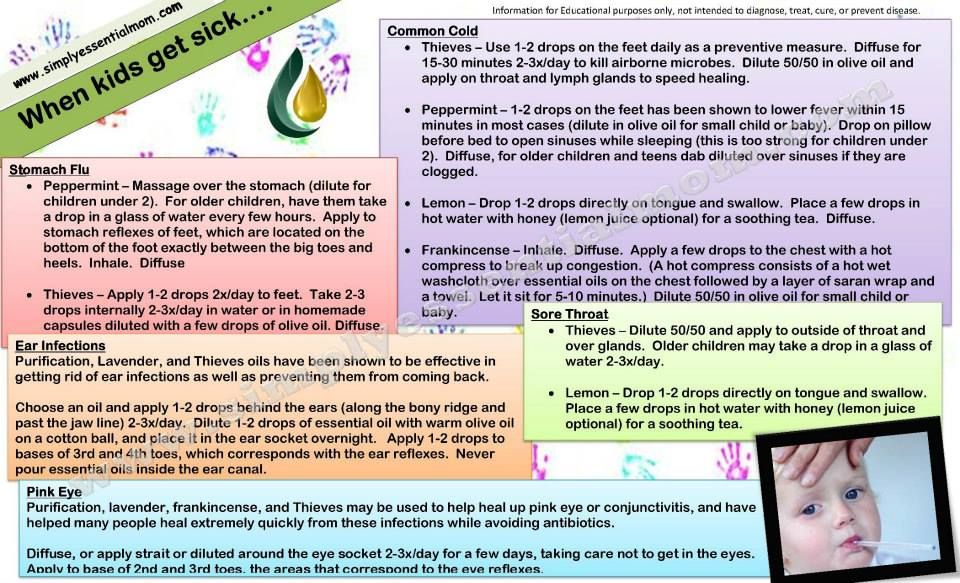 But what are the benefits and…
But what are the benefits and…
read more
Here’s how to make an onion compress:
- Roughly dice the onion.
- Wrap the diced onion in the cloth or place it in an old sock.
- First, place the sock or cloth into the dish and then place the dish into the larger pot filled with water.
- Heat the water with the lid closed in order to gradually warm the onion compress. Make sure that as little water as possible gets into the dish containing the onion.
- Once the onion has been heated to around 100°F (or slightly above body temperature), squeeze it carefully. Tip: Hold it against your forearm to check the temperature. If it is comfortable there, it’s ready to use.
- Now place it on the ear in need of pain relief.
- Fasten it in place with the headband, cloth or cap.
- Apply this earache home remedy for around 20 minutes. The smell will take some getting used to, but you’ll feel the warmth and the anti-inflammatory effect of the onion immediately.

- You can repeat this process up to several times a day.
If the onion bag is too much trouble, you can also simply squeeze an onion and soak a pad with the juice. Place this on your ear for around 20 minutes.
Other Helpful Home Remedies for Ear Infections are:
Parsley extract has antibacterial properties and makes for a great earache home remedy. (Photo: CC0 Public Domain / Unsplash – Tomasz Olszewski)
- Warmth: For mild earaches, warmth has a pain-relieving effect. The best choice for optimal earache relief is a cherry pit pillow. Simply warm and place on your inflamed ear for around 20 minutes.
- Potato wrap: Boiled potatoes store heat and help relieve pain. Simply boil two to three peeled potatoes, mash them, wrap them in a cotton cloth and place the compress on your ear.
- Parsley bags: Parsley is another good household remedy for earaches due to its role as a disinfectant. To make your own parsley earache remedy, simply chop a bunch of parsley finely and lightly grind in order to release the plant sap and its active ingredients.
 Wrap the chopped parsley in a warm, damp cotton cloth and place it on your ear for around half an hour.
Wrap the chopped parsley in a warm, damp cotton cloth and place it on your ear for around half an hour. - Mustard flour: Mustard flour is an age-old household earache remedy which helps especially well with colds. Thanks to its strong germicidal effect, it also helps with earaches. Mix fresh mustard flour with a little lukewarm water. Spread the paste onto a cotton cloth, fold it up and place it on the affected ear for 15 minutes. If your skin becomes irritated, remove it immediately!
Please note: Earaches are no joking matter! Prolonged middle ear infections can permanently reduce hearing. These home remedies for earaches are intended to provide relief at the first signs of illness. However, if the pain does not subside within a reasonable timeframe, please do not hesitate to consult your doctor.
Earaches are much more common for babies and toddlers. This is due to the fact that their eustachian tubes are much shorter and narrower than those of adults.
Photo: Colourbox.de / Csaba Deli
These all-natural clogged ears remedies are tried and tested and only require a few household items.
read more
This article was translated from German to English. You can view the original here: Hausmittel gegen Ohrenschmerzen: die Zwiebel hilft
Important Information regarding Health-related Topics.
** Links to retailers are partially affiliate links: If you buy here, you actively support Utopia.org because we get a small portion of the proceeds.
Do you like this post?
Thank you very much for voting!
Tags: natural plant remedy
90,000 useful properties, use for otitis media, contraindications
Add to favourites
Since ancient times, onions have been known for their wide range of vitamins and nutrients in their composition. This vegetable is one of the most commonly used ingredients in traditional medicine recipes. Thanks to onion juice, you can quickly and painlessly cope with various viral diseases, sore throat and runny nose. But what to do if an ear pain suddenly overtakes, and there is no way to go to a doctor right away? And in this case, a saving vegetable can come to the rescue.
This vegetable is one of the most commonly used ingredients in traditional medicine recipes. Thanks to onion juice, you can quickly and painlessly cope with various viral diseases, sore throat and runny nose. But what to do if an ear pain suddenly overtakes, and there is no way to go to a doctor right away? And in this case, a saving vegetable can come to the rescue.
Did you know? The level of natural sugar in onions is higher than that in apples and pears.
ShowHide
Useful properties of onions
There are a huge number of varieties of onions, and they all differ from each other in both appearance and taste. One thing remains unchanged – it is a storehouse of useful vitamins, micro- and macroelements, as well as many other useful substances:
- Vitamins. A group of B vitamins (B1, B2, B6) involved in the normalization of the nervous and cardiovascular systems, as well as the gastrointestinal tract.
 Vitamin C is an antioxidant that strengthens the immune system, accelerates wound healing, normalizes metabolism and removes toxins from the body. PP – helps to lower blood cholesterol and normalize the functioning of the nervous and digestive systems. E – improves the functioning of the cardiovascular system, and also increases the rate of elimination of toxins from the body.
Vitamin C is an antioxidant that strengthens the immune system, accelerates wound healing, normalizes metabolism and removes toxins from the body. PP – helps to lower blood cholesterol and normalize the functioning of the nervous and digestive systems. E – improves the functioning of the cardiovascular system, and also increases the rate of elimination of toxins from the body. - Micro- and macroelements: boron (B), cobalt (Co), manganese (Mn), molybdenum (Mo), copper (Cu), nickel (Ni), rubidium (Rb), fluorine (F), chromium (Cr), phosphorus (P), silicon (Si), sodium (Na), potassium (K), calcium (Ca), magnesium (M), iron (Fe), chlorine (Cl), sulfur (S).All of them are participants in important biochemical processes that are necessary for the harmonious activity of all systems of our body.
- Flavonoids – biologically active substances that strengthen the cardiovascular system.
- Glukinin – an agent that helps to lower blood sugar levels.

In addition, this vegetable has a rather low calorie content – 100 g of the product contains only 41 kcal.
- There are many health benefits of this vegetable, of which the most notable are:
- Onion belongs to natural antibiotics that are able to resist viral diseases.Thanks to phytoncides, it successfully fights sore throat, destroying streptococci, dysentery, tuberculosis and diphtheria bacilli, and also contributes to the general strengthening of the upper respiratory tract.
- Juice has a positive effect on potency and significantly increases sperm production.
- Vegetable helps to speed up metabolism, as well as improves blood formation and blood purification. In addition, it activates the digestive processes and accelerates the removal of excess fluid from the body. The biochemical substance quercetin, which is contained in vegetables, prevents the appearance of cancerous tumors and is widely used in the treatment of cancer.

- The beta-carotene contained in green feathers has a positive effect on the health of the skin and eyes.
- The high content of vitamin C allows onions to successfully fight diseases such as scurvy.
- The presence of folic acid makes onions a must-have in the meals of women planning a pregnancy.
Features of ear treatment with bow
Treatment of the ear with a bow has some advantage – such a remedy has a mild effect and does not cause redness, which makes it possible to use it not only for the treatment of adults, but also for children.The rate of elimination of pain and discomfort is quite fast – it will take only a few hours before the first relief occurs.
Important! Treatment of the ear with onion juice also contributes to the simultaneous relief of a runny nose and sore throat.
According to some recipes, a small piece of onion should be placed in the ear during treatment. However, this method is not correct – in this case, the juice will not be able to penetrate deeply enough into the auricle, and therefore such a remedy is simply useless. It is best to use onion juice in such cases, as the more effective remedy . To prepare it, put onions in an oven preheated to + 180 ° C for 15 minutes. After that, the vegetable should be allowed to cool, and then cut in half and squeezed. Squeezing out juice in this way is not difficult.
However, this method is not correct – in this case, the juice will not be able to penetrate deeply enough into the auricle, and therefore such a remedy is simply useless. It is best to use onion juice in such cases, as the more effective remedy . To prepare it, put onions in an oven preheated to + 180 ° C for 15 minutes. After that, the vegetable should be allowed to cool, and then cut in half and squeezed. Squeezing out juice in this way is not difficult.
As another recipe, it is proposed to cut out the middle in the onion and pour 0.5 tsp there. cumin. After that, the onion is sent to the oven for 15 minutes and then juice is squeezed out of it.For treatment, undiluted juice is instilled into the sore ear in the amount of 5-6 drops. After that, you must remain in a horizontal position for 4-5 minutes. It is also effective to soak the cotton wool in the juice, which is then placed in the ear for several hours or overnight.
You can repeat the procedure exactly as many times as necessary until the pain disappears completely.
For what other diseases can onions be used
The fact that with the help of onions you can easily get rid of a cold, sore throat and other symptoms of viral and colds, is known to many.However, this is not a complete list of the healing abilities of this vegetable.
Video: onion drops for otitis media, runny nose and colds
Let’s take a closer look at how and from what other diseases this product can protect:
- Cough – thanks to sulfur, which helps to remove toxins from the body, as well as soften the throat, bacteria that irritate the throat and bronchi are killed.For treatment, the vegetable is cut into several slices and sprinkled with 1 tbsp. l. Sahara. An hour later, the medicine is ready – it should be used 2 times a day.
- Hair loss – thanks to a complex of vitamins, onions help to reduce dandruff and significantly accelerate hair growth.
 To do this, pour the onion with water and boil, after which the water is poured into a separate bottle and used as a shampoo.
To do this, pour the onion with water and boil, after which the water is poured into a separate bottle and used as a shampoo. - Baby colic – give the baby 1 tsp to drink. onion tea, which helps to relax the abdominal muscles, strengthen the stomach and improve digestion.For cooking, cut one onion into several pieces and boil in a little water.
- Insect bites – Thanks to the ability to relieve inflammation, a slice of onion applied to the site of the bite is able to soothe the skin and relieve itching.
- Cuts – The top layer of the onion is applied to the cut to help stop bleeding and decontaminate the wound.
- Vomiting – to remove toxins from the body, as well as to normalize the functioning of the food system, vegetable juice is added to mint tea and periodically drunk until vomiting stops completely.
- Burns – A cut in half onion is applied to the burn site to help relieve inflammation and itching and prevent infection.

- At elevated body temperatures – to cleanse the body of toxins that cause high temperatures, coconut oil is poured into a small container, where the legs are then lowered. After that, pieces of onion are applied to the bones on the legs, and the legs themselves are then wrapped in foil. The compress is left overnight.
Important! This procedure is not an antipyretic agent, but helps to restore the body and increase immunity.
Contraindications to use
Despite its many useful properties, this vegetable is not suitable for everyone. Usually contraindications are associated with the use of this product in its raw form and, first of all, with the contained substance propantial-S – oxide, whose irritating effect on the walls of the stomach and intestines can exacerbate existing diseases.Based on this, people with the following diseases should either completely refrain from using this product, or use it in food with extreme caution and in small quantities:
- Contraindication:
- kidney or liver disease;
- heart failure.

90,017 asthma;
90,017 gastritis, gastrointestinal ulcers;
It is worth considering the possibility of allergic reactions and individual intolerance to the product .It is also not recommended to eat raw onions for lactating women, as this vegetable can slightly change the taste of milk. However, eating a vegetable baked or boiled in small amounts is good for everyone.
Summing up, it is worth noting that onions, thanks to a number of vitamins and nutrients, are almost universal products, the use of which in various dishes not only improves the taste, but also has a positive effect on the state of the whole organism. With no contraindications, this vegetable can be used both in treatment and in the prevention of many diseases.
Did you know? Onions are among the most widespread vegetables in the world, they are grown in more than 175 countries.
What is otitis media? Types, symptoms, causes
Otitis media is an inflammation of the outer, inner or middle ear.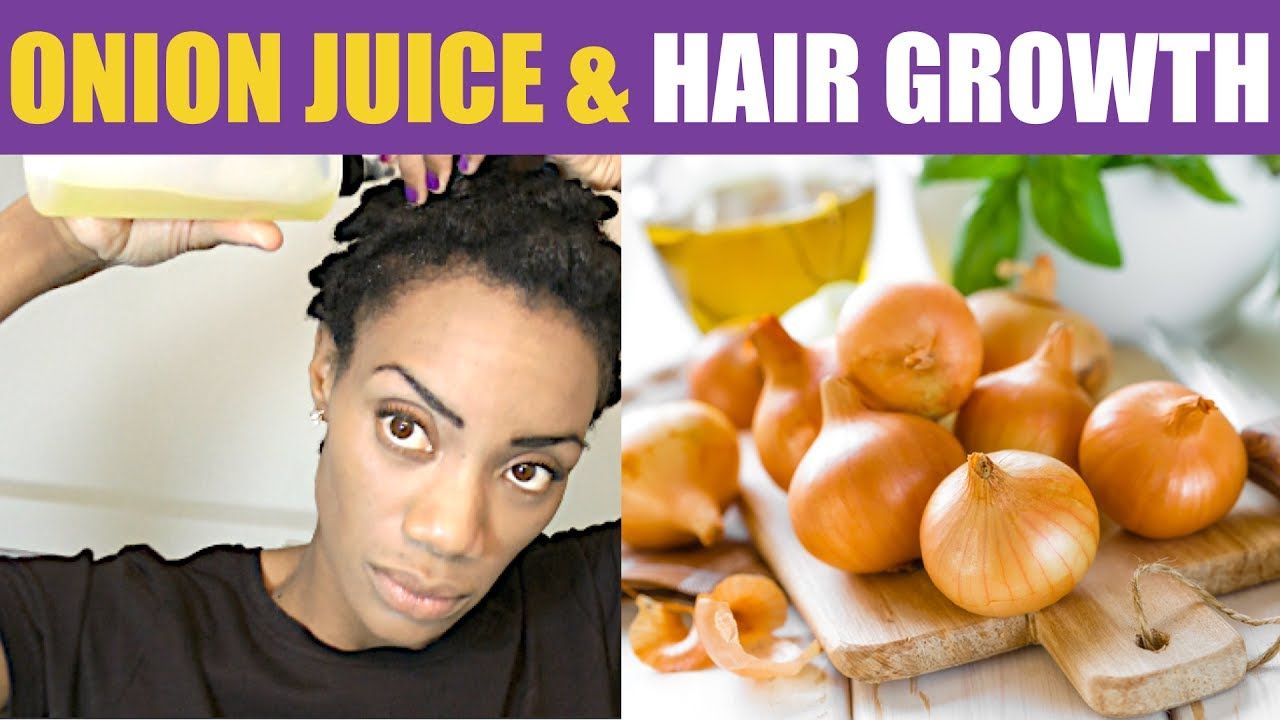 The disease can be acute or chronic. It is accompanied by shooting, throbbing or aching pain in the ear zone, hearing impairment, increased body temperature, purulent discharge from the external auditory canal, tinnitus.Untimely or inadequate treatment most often leads to severe complications, up to complete hearing loss.
The disease can be acute or chronic. It is accompanied by shooting, throbbing or aching pain in the ear zone, hearing impairment, increased body temperature, purulent discharge from the external auditory canal, tinnitus.Untimely or inadequate treatment most often leads to severe complications, up to complete hearing loss.
Preschoolers get sick with otitis media more often than adults. According to medical statistics, 80% of children of three years of age have suffered from otitis media. Ear damage, especially in children, can be an extremely dangerous condition, therefore, if clinical signs of the disease appear, you should consult an ENT doctor.
Otitis media
The severity of symptoms is influenced by the virulence (aggressiveness) of bacteria and the state of immunity.
The signs of otitis media can be different and depend on the form of the disease. Most often, there is pain in the ear of a shooting character, which has a sudden onset and end. Pain in the ear area does not always indicate the development of otitis media. It may indicate sulfur congestion, trauma to the eardrum, or the ingress of a foreign body into the auricle.
Pain in the ear area does not always indicate the development of otitis media. It may indicate sulfur congestion, trauma to the eardrum, or the ingress of a foreign body into the auricle.
You should also know that sometimes the disease is not accompanied by acute pain in the ears.
Acute otitis externa
Acute otitis externa with a purulent follicle in the ear canal is usually accompanied by pain. They are aggravated by pulling the ear, pressing on it, opening the mouth, or inserting the ear funnel on physical examination. The auricle becomes reddish and swells. Perhaps the addition of a purulent infection, which is accompanied by hyperemia and swelling of the skin of the ear canal, the release of pus with an unpleasant odor.There is also pain, alternating with itching and congestion of the ear.
Otitis media
Inflammation of the middle ear has several stages of development.
- The first degree is characterized by the development of boring, pulsating or shooting pain radiating to the eye, jaw, temple.
 The main symptom of acute otitis media is an increase in body temperature above 38 °. Pain syndrome worsens at night, negatively affects the quality of sleep. This is due to the pressure on the eardrum while in a horizontal position.Also, the patient complains of hearing loss, ringing and noise in the ear.
The main symptom of acute otitis media is an increase in body temperature above 38 °. Pain syndrome worsens at night, negatively affects the quality of sleep. This is due to the pressure on the eardrum while in a horizontal position.Also, the patient complains of hearing loss, ringing and noise in the ear. - The second stage develops after a burst of the tympanic membrane, accompanied by the leakage of purulent contents, a decrease in pain, normalization of temperature indicators.
- The third stage of the disease begins after the cessation of the flow of pus. The inflammatory process subsides, scarring of the eardrum occurs. Hearing loss is possible.
Internal otitis media is characterized by the appearance of dizziness, nausea, turning into vomiting.The patient complains of a significant hearing loss, noise in the ear area, impaired coordination. This type of disease is a complication of otitis media.
Causes of otitis media
The main reasons for the development of otitis media:
- Presence of chronic diseases of the nasopharyngeal zone (rhinosinusitis, tonsillitis).

- Frequent diving into water bodies, which is important for divers and divers.
- Abrupt changes in atmospheric pressure.This occurs most often during takeoff and landing of aircraft.
- Long-term ARI.
Also, the appearance of the disease is influenced by the state of the immune system of the human body, the impact of stress factors.
Complications and consequences
Although otitis media is an inflammation of the ear, complications can affect other organs as well. Inadequate therapy can lead to serious consequences – the transition of suppuration to nearby tissues and meninges, which often leads to disability.
Self-medication can lead to a more serious illness – otoantritis (suppuration behind the ear). As a result of this, swelling of the ear zone occurs, and the body temperature rises.
It is impossible to predict the occurrence of a complication. It can develop several days after infection or a month later.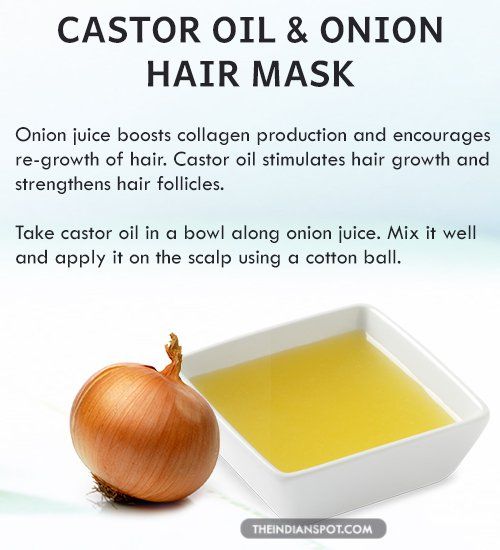 If painful symptoms are ignored for a couple of months, meningitis may occur. Also, acute otitis media can turn into a chronic type, lead to a violation of the vestibular apparatus, hearing loss.
If painful symptoms are ignored for a couple of months, meningitis may occur. Also, acute otitis media can turn into a chronic type, lead to a violation of the vestibular apparatus, hearing loss.
Other negative consequences of otitis media can manifest as development:
- intracranial complications;
- paresis of the facial nerve;
- cholesteatoma – overlapping of the auditory canal with a benign neoplasm;
- ruptured tympanic membrane;
- mastoiditis – inflammation of the mastoid process, which is accompanied by the destruction of the auditory ossicles in the middle ear.
90,017 deafness;
Chronic otitis media significantly reduces the patient’s quality of life and is difficult to treat. In this case, hearing impairment occurs, the ear cavity becomes inflamed, festering. In advanced cases, surgery is performed.
Diagnosis of otitis media
To diagnose otitis media, you need to contact an otolaryngologist. An experienced physician will identify the acute form of the disease after a visual examination of the auricle and auditory canal using a special head mirror or otoscope.Also, the otolaryngologist examines the nasal cavity, nasopharynx, and then directs the patient to undergo laboratory and instrumental studies. Most often assigned:
An experienced physician will identify the acute form of the disease after a visual examination of the auricle and auditory canal using a special head mirror or otoscope.Also, the otolaryngologist examines the nasal cavity, nasopharynx, and then directs the patient to undergo laboratory and instrumental studies. Most often assigned:
- X-ray diagnostics .
- Audiometry – air conduction assessment. This method helps to identify hearing impairment.
- Computed tomography. With its help, it is possible to identify tumor processes in the ear, the development of mastoiditis and other pathologies.
- Bacteriological examination of purulent contents (if any). Helps to identify the causative agent of the disease and its sensitivity to antibiotics.
It is also necessary to pass a general blood test. If the results indicate an increased number of leukocytes and an excess of the rate of erythrocyte sedimentation rate, then we can talk about an inflammatory process.
What to do with otitis media
With the appearance of aching pains, discomfort, periodic ear congestion, you should not postpone the trip to the ENT doctor, because only he can competently tell how to treat otitis media.Ignoring the symptoms can lead to serious consequences. If it is not possible to visit an otolaryngologist on the same day the painful symptoms appear, you can take an antihistamine. These drugs relieve pain by lowering the pressure in the ear. Pain relievers are used to relieve intense pain.
It is strongly not recommended to resort to folk remedies, be it onion, garlic juice, camphor oil, boric alcohol or chamomile infusion.Such therapy can lead to incurable deafness. This also applies to warming the affected area with a heating pad, hot salt or sand. Heat promotes the reproduction of pathogenic microorganisms, suppuration, swelling occurs. In rare cases, purulent contents enter the brain, which leads to irreversible consequences – lifelong disability.
How to treat otitis media
The following drugs are used to treat otitis media:
- Non-steroidal anti-inflammatory drugs .Reduces pain and inflammation.
- Antibiotics . The main action is the elimination of pathogenic microflora.
- Antiseptics . Disinfect the affected area.
- Antihistamines . Relieve puffiness, improve ventilation in the Eustachian tube.
- Antifungal drugs .
- Ear drops . They help relieve inflammation, prevent the reproduction of pathogens.
- Immunomodulators – drugs that enhance the protective qualities of the body, accelerate the healing process.
Physiotherapy procedures are used as additional therapy:
- laser;
- microcurrents;
- UHF heating.
If drug therapy does not bring the desired result, an extreme measure is prescribed – paracentesis (puncture) of the tympanic membrane.The operation is performed under local anesthesia. The doctor cuts the eardrum to help drain the pus.
Prevention of otitis media
The main goal of prevention is to prevent thick mucus from blocking the Eustachian tube. In order to prevent the development of the disease, it is also necessary to timely and fully treat other ENT diseases – sinusitis, rhinitis, timely remove adenoids and tonsils.
To prevent illness, it is recommended:
- Bury or irrigate the nasal cavity with vasoconstrictor drugs, which reduces the swelling of the mucous membrane.
- Timely take antipyretic drugs at high temperatures. It must not be allowed to be held.
- Blow your nose very gently.
- Ventilate the living space, keeping the air temperature from 18 to 20 ° C.
- Clean regularly, maintain optimal humidity in the room.
- To temper the body.
You should also maintain water balance in the body.It is necessary to drink 1.5 – 2 liters of purified water every day.
Treatment of any type of otitis media should be prescribed by an ENT doctor. To avoid serious complications and surgical intervention, it is necessary to consult a doctor in a timely manner, not to ignore the development of symptoms, to carry out therapy for other diseases until complete recovery.
This is what happens if you put a piece of onion in your ear. Why didn’t I know about this before?
Our mothers and grandmothers know very well that there is no better medicine than natural remedies.They not only help to cure sores, but also do not harm our body in the same way that drugs bought in a pharmacy can do.
One of the miraculous remedies that our grandmothers used is an ordinary bow. It can even cure chronic diseases that have been poisoning your life for a long time and today “It’s So Simple!” will share with you some of the ways to use this natural medicine.
Benefits of onions
Onions bring the temperature down
This is an ideal product for children.If your child has a high fever, cut the onion into rings and soak it in apple cider vinegar. Then apply the rings to your socks and ears. The fever from such a medicine subsides very quickly.
The best infection killer
To kill an infection, you first need to make an onion paste. To do this, boil milk and pour it on a thick slice of white bread and rub onions on it. Mash the bread with onions and milk until a smooth paste is obtained.
The paste is ready and in order to get rid of the infection, you just need to disinfect the infected area and attach the gauze with the paste and fix the bandage.With a bandage, you need to walk for 2-2.5 hours. This procedure must be repeated until the infection disappears.
Able to stop bleeding
Onions will help you with minor abrasions and cuts. If you have a failure and you hurt your finger, you just need to apply gauze to the affected area, in which a couple of pieces of onion will be wrapped. Before you can blink an eye, the bleeding will stop. To help the abrasion heal faster, repeat this procedure a few more times.
Cure for burns
It’s hard to believe, but the most common bow will help heal sunburns and more.To do this, you need to apply a couple of slices of this product to the wound and leave for 2 minutes. And if after that you also apply egg white to the burn site, the pain will pass and there will be no scar later.
Cough suppressant
Onion juice is a highly effective cough syrup, but hardly anyone wants to use it this way. Therefore, when coughing, put a piece of the onion in your ear. This will allow the onion juice to enter your bloodstream and relieve you of an unpleasant cough.
Are you shivering?
If you are thrown not into heat, but into cold, onions will help you cope with this too.Eat one raw onion and you’ll feel better in a few hours.
From a bow will go away pain in the ears and head
Ear pain is a very unpleasant phenomenon, but with the help of a bow you can get rid of it in no time. Just put a piece of the onion in your ears and it will reduce inflammation. Well, if you are tormented by a migraine, repeat this procedure before bedtime. Let the onion sit in your ears until morning.
Bow reduces scars
Sounds like a miracle of wonders, but it’s true. Surgical scars can indeed be made less noticeable with bulbs.Just rub it regularly on the desired area of the skin.
Bee stings
If you are bitten by an insect, attach a chopped onion to the bite. It will reduce swelling, draw out poison and speed up skin healing.
Source: https://i24.info/health/vot-chto-bydet-esli-polojit-v-yho-kysochek-lyka-pochemy-ia-ne-znal-ob-etom-ranshe.html
This material is a private record of a member of the Club community.CNews.
CNews editors are not responsible for its content.
Traditional medicine: this is what happens when you put a piece of onion in your ear!
This is what happens when you put a piece of onion in your ear!
1. Cough – no!
Onion juice is a highly effective cough syrup. But you are unlikely to like its smell and taste. And if you put a piece of the onion in your ear, then its juice will still get into the bloodstream. And he will save you from this misfortune.
2. This will help you bring the temperature down.
This method works especially well with children. If your child has a fever, the best way to bring it down is to place onion rings dipped in apple cider vinegar in the socks under the feet and in the ears. The heat will subside in the blink of an eye!
3. Are you freezing? It’s not for long!
If, on the contrary, you are thrown into the cold, and not into the heat, then onions can help and keep warm! Just eat the whole onion raw.And in a few hours you will feel much better.
4. Pain in the ears and head.
Anyone who has ever had ear pain knows what hell it is. Usually, to get rid of it, a person is ready to do anything. So why doesn’t he just place a piece of onion in his ears? It has anti-inflammatory effects.
If you have migraines, repeat this procedure before bed. Let the onion sit in your ears until morning. And you will understand that we were right.
5. Stopping bleeding.
If you have cut your skin and are unsure of what to do, place a gauze over the wound to wrap a couple of onion pieces around the wound. The blood will stop.
If you repeat this procedure repeatedly, the wound will heal faster.
6. Onions can reduce scars.
It is certainly a miracle, but surgical scars can indeed be made less noticeable with the help of bulbs.Just rub it regularly on the desired area of the skin.
7. Onions draw out infections!
You can make an onion paste that will literally suck the infection out of your body. Here’s how to make it:
1) Boil the milk and pour it over a thick slice of white bread.
2) Rub the onion onto the surface of the bread.
3) Knead the bread, onions and milk until a paste is obtained.
4) Disinfect the infected area, then apply cheesecloth and paste over it.
5) Attach the bandage.
6) Make sure you can spend 2-2.5 hours with this dressing. This will be sufficient
Repeat the procedure once a day until the infection is cleared
8. Dealing with burns.
Sunburn is a very unpleasant thing. But if you put a couple of onion slices on the wound and leave it there for 2 minutes, it will surely help. And if, after that, you also apply egg white on it, then it will stop hurting, and then there will be no scar.
9. Bee stings.
If an insect stings you, shake it off as quickly as you can, then place a chopped white onion over the affected area. It will reduce swelling, draw out poison and speed up skin healing.

 )
) #Previoustweet pic.twitter.com/T8UvgzrEgU
#Previoustweet pic.twitter.com/T8UvgzrEgU
 Wrap the chopped parsley in a warm, damp cotton cloth and place it on your ear for around half an hour.
Wrap the chopped parsley in a warm, damp cotton cloth and place it on your ear for around half an hour. Vitamin C is an antioxidant that strengthens the immune system, accelerates wound healing, normalizes metabolism and removes toxins from the body. PP – helps to lower blood cholesterol and normalize the functioning of the nervous and digestive systems. E – improves the functioning of the cardiovascular system, and also increases the rate of elimination of toxins from the body.
Vitamin C is an antioxidant that strengthens the immune system, accelerates wound healing, normalizes metabolism and removes toxins from the body. PP – helps to lower blood cholesterol and normalize the functioning of the nervous and digestive systems. E – improves the functioning of the cardiovascular system, and also increases the rate of elimination of toxins from the body.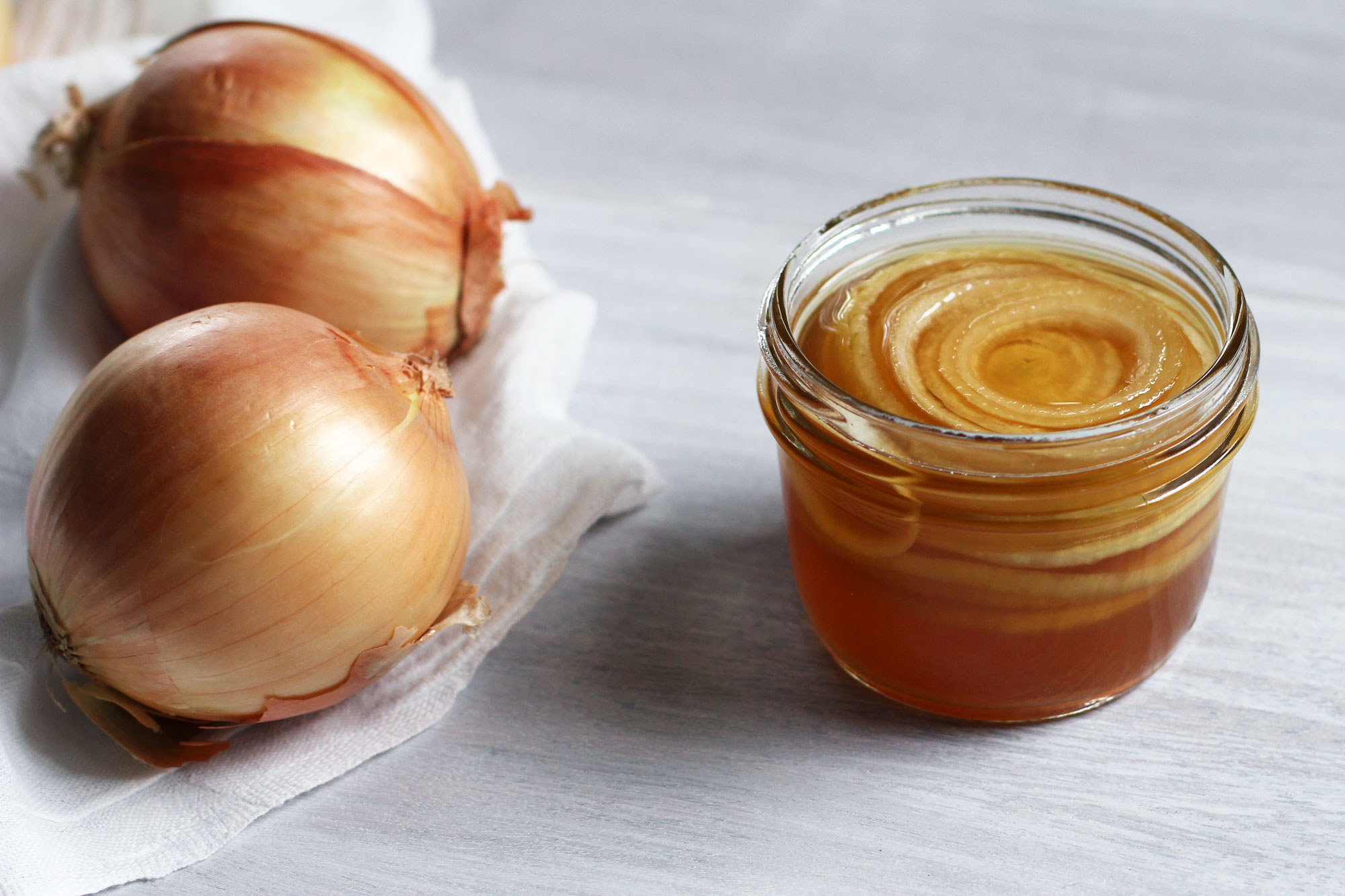

 To do this, pour the onion with water and boil, after which the water is poured into a separate bottle and used as a shampoo.
To do this, pour the onion with water and boil, after which the water is poured into a separate bottle and used as a shampoo.
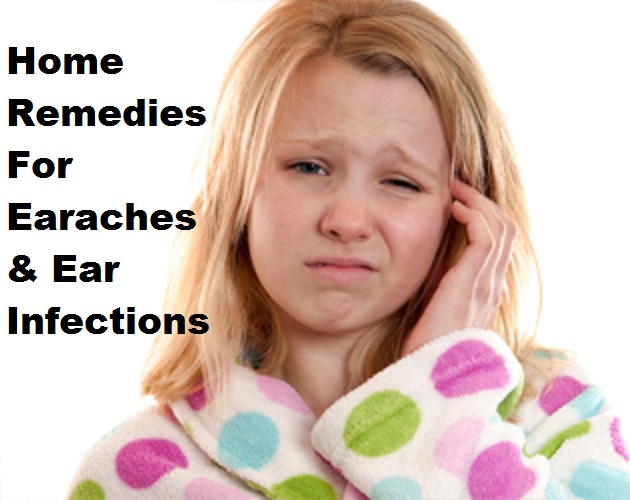
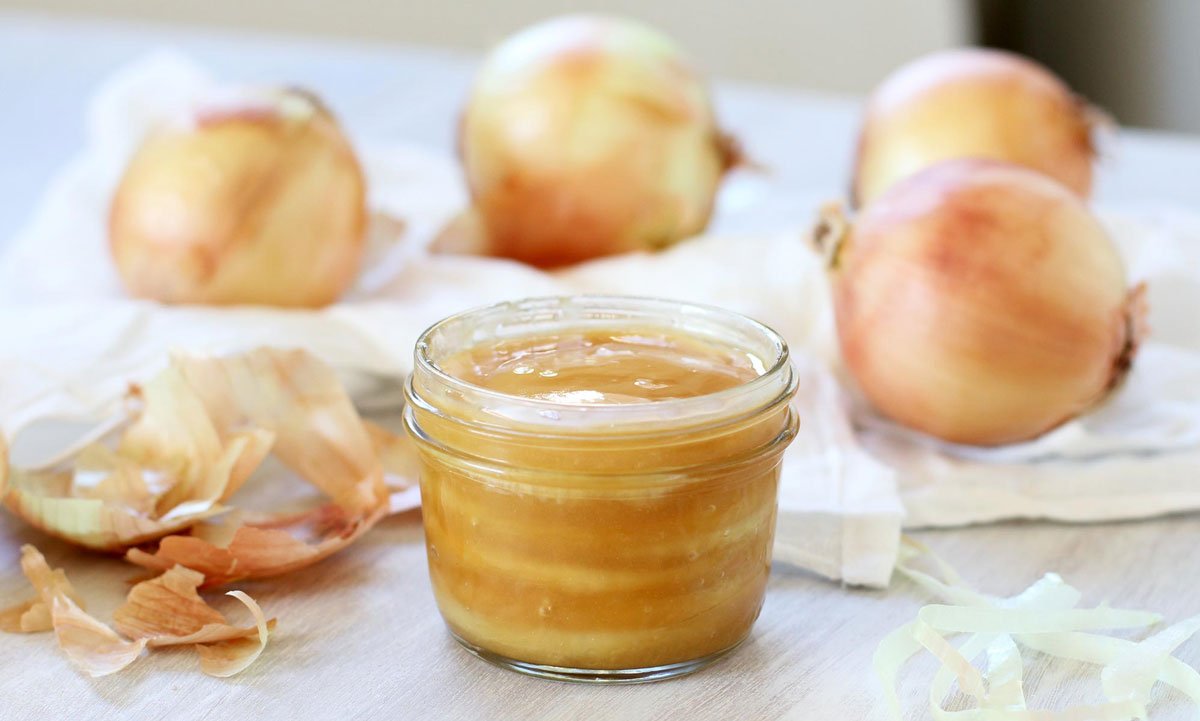 The main symptom of acute otitis media is an increase in body temperature above 38 °. Pain syndrome worsens at night, negatively affects the quality of sleep. This is due to the pressure on the eardrum while in a horizontal position.Also, the patient complains of hearing loss, ringing and noise in the ear.
The main symptom of acute otitis media is an increase in body temperature above 38 °. Pain syndrome worsens at night, negatively affects the quality of sleep. This is due to the pressure on the eardrum while in a horizontal position.Also, the patient complains of hearing loss, ringing and noise in the ear.